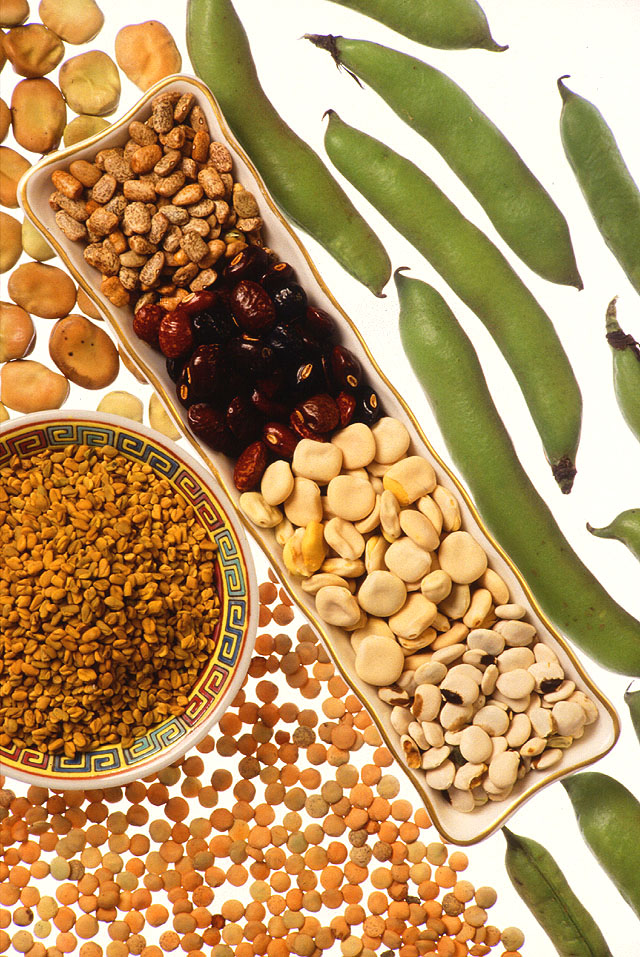Foods for Living a
Healthy, Longer Life
The foods that can make the biggest difference to the greatest number of people offer critical minerals, vitamins, antioxidants, and a host of other important phytonutrients (plant derived nutrients) that are good for your brain, your immune system, and your vitality.
Healthy foods are the key to Living Longer, Living Better.Coffee

Until recently, you wouldn't have expected to see coffee listed as a health food. For decades, we've been advised to drink less of it. But now, it turns out, that advice was wrong. In fact, coffee brings a stunning array of anti-aging health benefits.
Turmeric

Turmeric lowers inflammation and has been popular in India for more than
5,000 years. This is widely thought to be one of the primary reasons why both India's rural and
urban populations have among the lowest rates of
Alzheimer's disease (AD) in the world. In fact, India
has less than 2% as many AD related-deaths, per
100,000 people, compared with the United States.
Blueberries

The blueberry is one of the few fruits native to
North America and warm weather varieties can be grown in Hawaii. Native Americans traditionally used the berries and other parts of the plant for medicine - and for good reason. Blueberries are not only delicious - they're also anti-aging rock stars.
Greens 
Many studies coming out showing the extraordinary power of green vegetables. These nutrient dynamos
include not only spinach, but also broccoli, chard, asparagus,
bok choy, Brussels sprouts, Swiss chard, cabbage,
collards, mustard greens, kale, beet greens, and even leaf lettuce.
Greens bring powerful antioxidant, antiinflammatory,
and cytoprotective properties.
Tea

There are 4 types of tea: green, white, black, and oolong. All of these can be derived from the
same plant, and all are being studied for their considerable health-giving properties.
Dried green tea leaves, which are about 40% polyphenols by weight, seem to be the most potent. White and green teas contain the
most EGCG, which is one of the most powerful
antioxidants.
Whole Grains 
Studies have found considerable value in whole grains (including
amaranth, millet, buckwheat, teff, wheat, corn, barley, oats, rye, spelt, and more) as part of a balanced diet. Rich in fiber, vitamins, minerals, and antioxidants, whole grains can lower the risk of
illnesses.
The fiber-rich bran, nutrient-packed germ, and starchy endosperm are all natural components of whole grains. Refined grains have had the bran and germ removed, and in the process they lose a great deal of nutrition, fiber, and health-promoting phytochemicals.
Legumes 
Foods from the legume family include beans, peas, lentils, peanuts, and soybeans. There are thousands of colorful legumes, and together they are a critical source of protein and fiber for billions of people worldwide. Legumes are packed with many critical nutrients. Fiber is critical to digestion. It supports weight loss, cardiovascular health, bowel movements, and helps to prevent type 2 diabetes.
Nuts

Many of us enjoy walnuts, almonds, pecans, Brazil nuts, pistachios, cashews, macadamia
nuts, and hazelnuts, plus an honorary nut we call peanuts (even though peanuts are technically a legume) with enthusiasm.
Yet we are only beginning to appreciate the vast nutritional benefits that nuts give us. They are rich in high-quality protein, fiber, minerals, tocopherols, phytosterols, vitamin E, vitamin B6, folate, and phenolic compounds.
Omega-3 Fatty AcidsYour body can make most of the types of fats it needs from other fats or raw materials, but that isn't the case for omega-3 fatty acids. Your body needs to get these fats directly from food.
Omega-3 fats are an integral part of cell membranes throughout the body. They provide the starting point for making hormones that regulate blood clotting, contraction, and relaxation of artery walls, and inflammation. Omega-3 fats have been shown to help prevent heart disease and stroke, may help control lupus, eczema, and rheumatoid arthritis, and may help to protect against cancer and other conditions.
Chocolate 
Scientists are learning that chocolate is also a plentiful source of antioxidants, including
the very same polyphenols that are so renowned in red wine and green tea. These are substances
that reduce the ongoing cellular and arterial damage caused by oxidative reactions. In layman's
terms - they help fight cancer and heart disease.
Adapted from The Food Revolution publication
10 Anti-Aging Superfoods.
Visit their
web site.